It’s no longer just design—fragrance is now entering the AI co-creation era.
U.S.-based startup Osmo has launched a next-generation fragrance house called “Generation,” which fuses molecular chemistry data with real-time market insights to formulate custom scents in just days.
This shift opens up new opportunities for small-batch OEM production and novelty product design, bringing a data-driven mindset to what was once an opaque, artisanal craft.
1. Today’s Highlight (News Summary)
- Source: [Perfumer & Flavorist]
- Summary:
In March 2025, Osmo introduced Generation, an AI-powered fragrance house that leverages a proprietary scent AI platform. By analyzing 1.5 billion molecular data points and consumer trends, the system generates and formulates brand-specific scents with unprecedented speed and precision.
Key Innovations:
- AI handles end-to-end development: from ingredient selection to complete scent formulation (from months to days)
- Market-driven simulations predict which scents are likely to succeed
- Auto-recommendations for rare ingredients and sustainable materials
→ A traditionally opaque process—scent creation—is now becoming transparent, iterative, and fast through AI.
2. What Does This Mean for Different Players?
🎨 For Creators (Designers & Product Developers)
Complex fragrance design is handled by AI, freeing teams to focus on packaging, storytelling, and brand world-building. Running “theme → AI scent → visual mockup” loops in parallel can dramatically speed up prototyping.
🏢 For Sellers (Marketers & Retailers)
AI-generated scent profiles, backed by market data, enhance pitch credibility. You can distribute AR scent cards instead of full testers, take preorders via EC, and only mass-produce based on confirmed demand—lowering marketing and inventory risk.
👥 For Buyers (Customers & Fans)
Being able to experience a scent that matches both personal preference and brand DNA creates emotional value. If brands document the generation process as content, the “story behind the scent” itself becomes UGC-worthy and shareable.
3. Could You Do This Too?
A lightweight workflow any small team could test:
- Use ChatGPT to define target personas and scent keywords
- Run scent prototyping via Osmo’s API (or trial version)
- Generate packaging visuals with Firefly or Midjourney
- Use Canva to design proposal templates and gather internal or social media votes
- Test production with low-volume OEMs (e.g., atomizers or solid perfumes), then source ingredients for a full rollout
→ You can now explore Scent × Design × Story within a single sprint—even with a small team.
4. Editor’s Note
The idea that “perfume is for craftsmen” has been turned on its head by data science.
At this point, it’s not crazy to imagine someone saying:
“Wanna ask AI what our brand smells like?”
That might just be your next creative brainstorm starter.
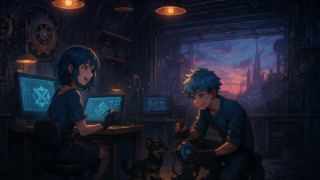
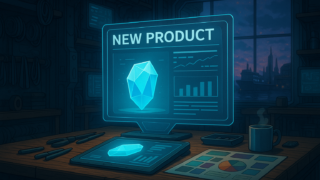
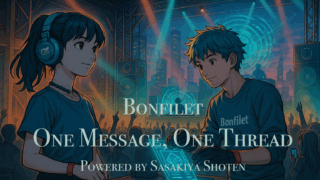
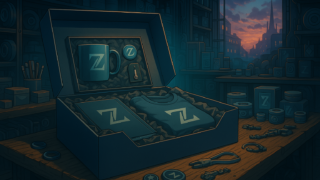
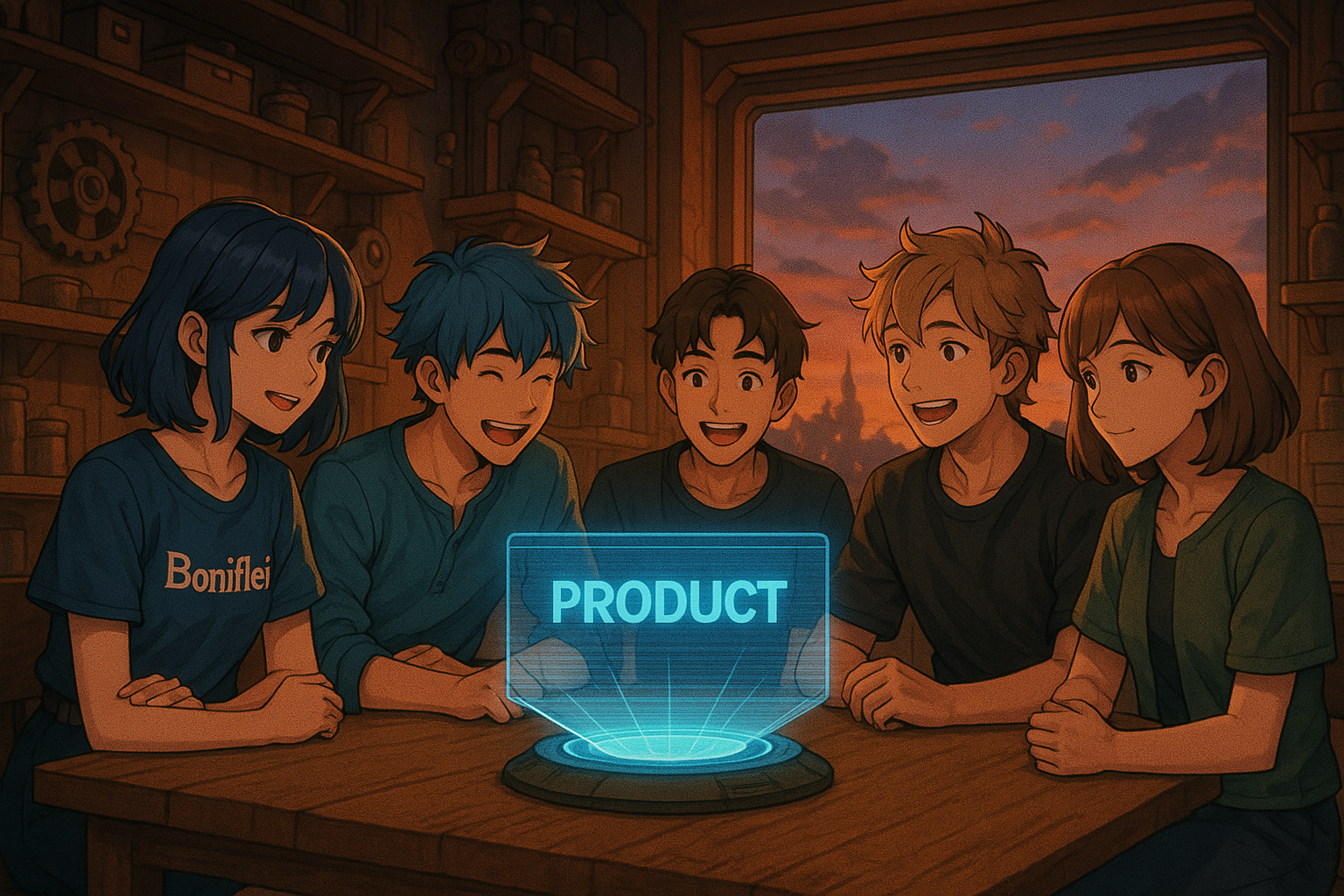


Comment